HST's Incredible View of Galaxy Cluster Abell 3827
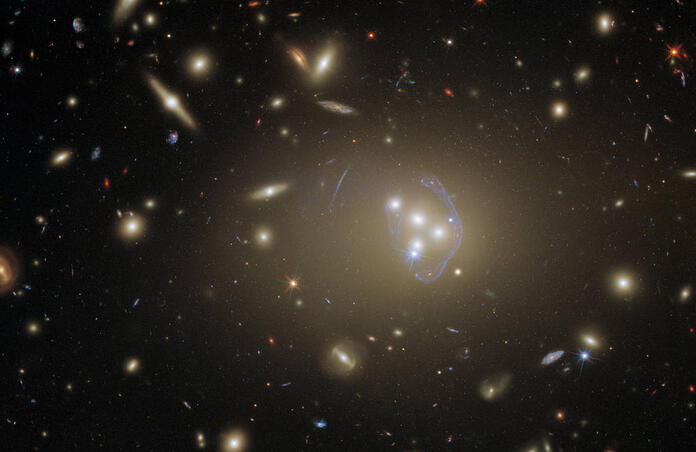
Abell 3827 contains a few hundred galaxies and is located about 1.4 billion light-years away from us. The central elliptical galaxy ESO 146-5 is of particular interest to astronomers, as it is one of the most massive galaxies we know of. It likely formed from the collision of smaller galaxies. This incredibly detailed image was taken with the HST’s Advanced Camera for Surveys and Wide Field Camera 3 in four wavelengths, including infrared due to the important redshifting undergone by light coming from such a distance.
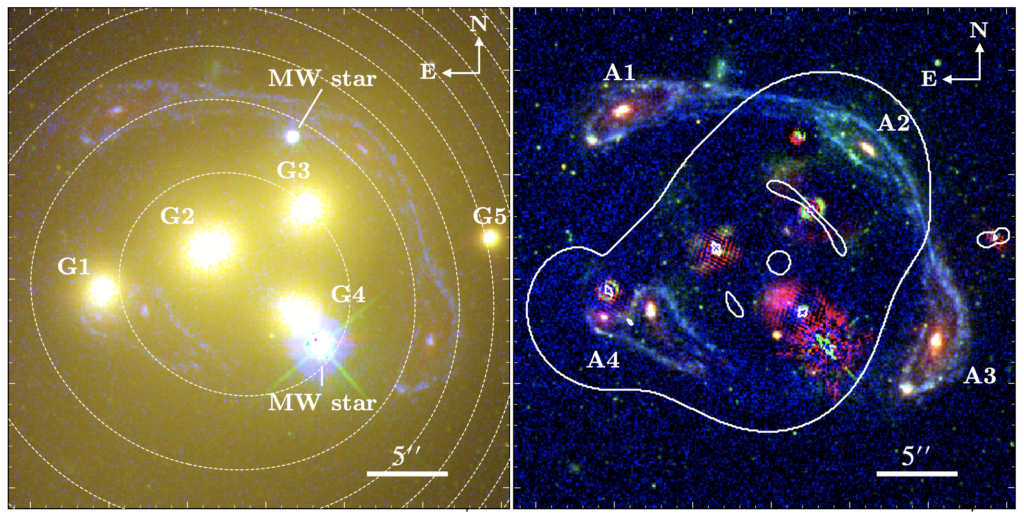
As pointed out by the ESA team that released the image, “it is amazing to recall that until less than 100 years ago, many astronomers believed that the Milky Way was the only galaxy in the Universe”. What are now understood to be galaxies were called “nebulosities”, nebula-like objects thought to be located somewhere in the Milky Way or very close-by, until the concept of galaxy really took over in the 70s. An important work to mention is that of Henrietta Swan Leavitt a few decades prior, who found out that Cepheid variable stars can be used as standard candles to measure distances (like Type Ia supernova, their luminosity can be standardized, although this time the relationship depends on their “pulsation” frequency) - however the instrumentation at the time wasn’t efficient enough to find individual stars in distant galaxies. Edwin Hubble was the first to conclude that the Andromeda “Nebula” is actually an individual galaxy, too distant to be part of ours, yet the HST’s “Deep Field” view in the 1990s showing over 3000 galaxies in a small patch of “dark” sky still came as a mind-blowing surprise to astronomers. Now, it’s hundreds of billions of galaxies that have been found in the observable Universe, at distances inconsiderable when the first extragalactic objects were detected, with probably many more beyond that we will never observe.
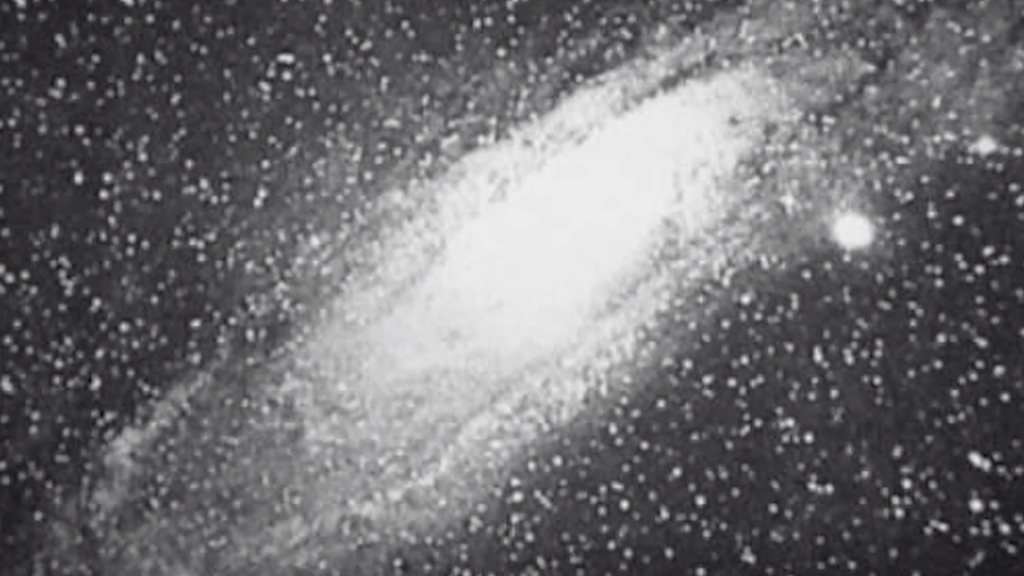
A remaining mystery in cosmology, the study of origin and evolution of the Universe, is the nature of Dark Matter – a substance that only interacts gravitationally with “normal” (baryonic) matter. Galaxy clusters are excellent places to study dark matter, since the motion of the galaxies reveals that there ought to be more mass to explain their velocities. This phenomenon was first observed by Swiss astronomer Fritz Zwicky in the 1930s, however it again took more precise measurements and diverse techniques to start mapping the distribution of dark matter, and of course the notion of galaxies and clusters had to be established.
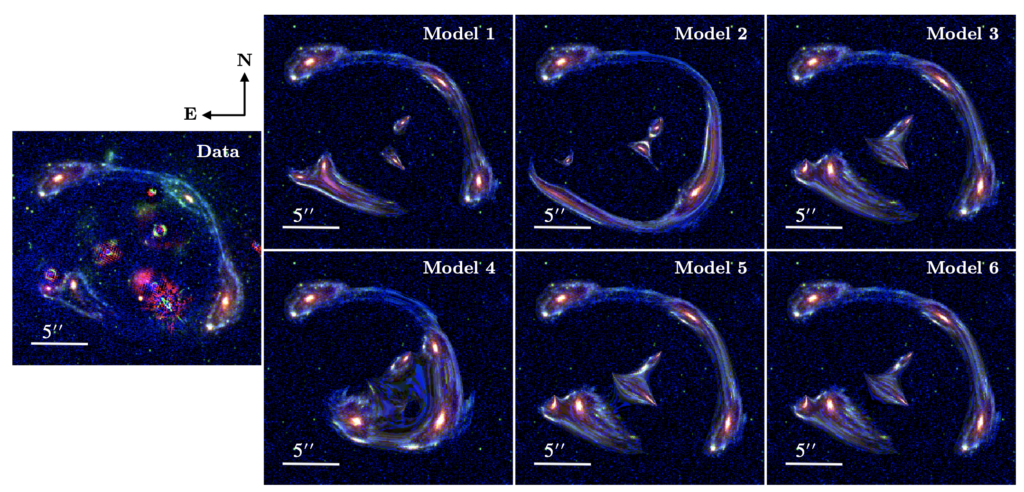
One of the techniques is gravitational lensing; according to Einstein’s theory of General Relativity light rays from a background galaxy will get distorted when passing near a massive object – like a cluster. The image above shows models of the lensing effect Abell 3827 should have on a background galaxy, 1,3 and 6 which take into account a dark matter component agree much better with the observed lensing effects. Because the background galaxy is not quite aligned along our line of sight to the cluster, we don’t observe a perfect “Einstein ring”, but 4 images of the galaxy.
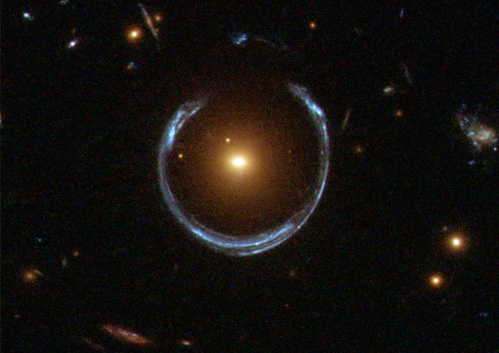
The wonderful image of Abell 3827 helps us appreciate the progress that has been made in cosmology over the past century and the unbelievable number of galaxies located "out there", at the same time the dark matter enigma is still puzzling astronomers.
Cover image: Abell 3827, ESA/Hubble & NASA, R. Massey
Image Credits:
1 - Abell 3827 labeled, Chen et al. 2020
2 - Andromeda, I. Roberts, 1887
3 - DM Models, Chen et al. 2020
4 - Einstein ring "Lensshoe", ESA/Hubble & NASA
